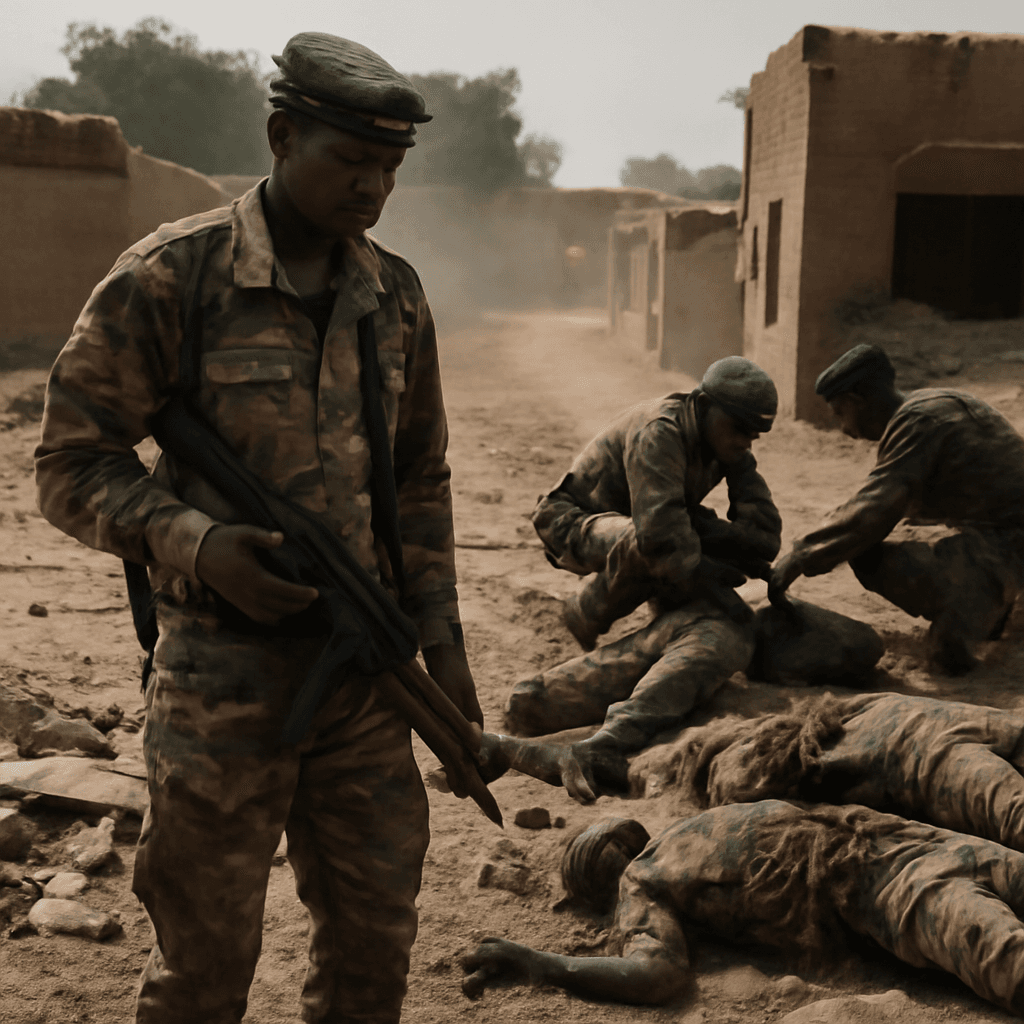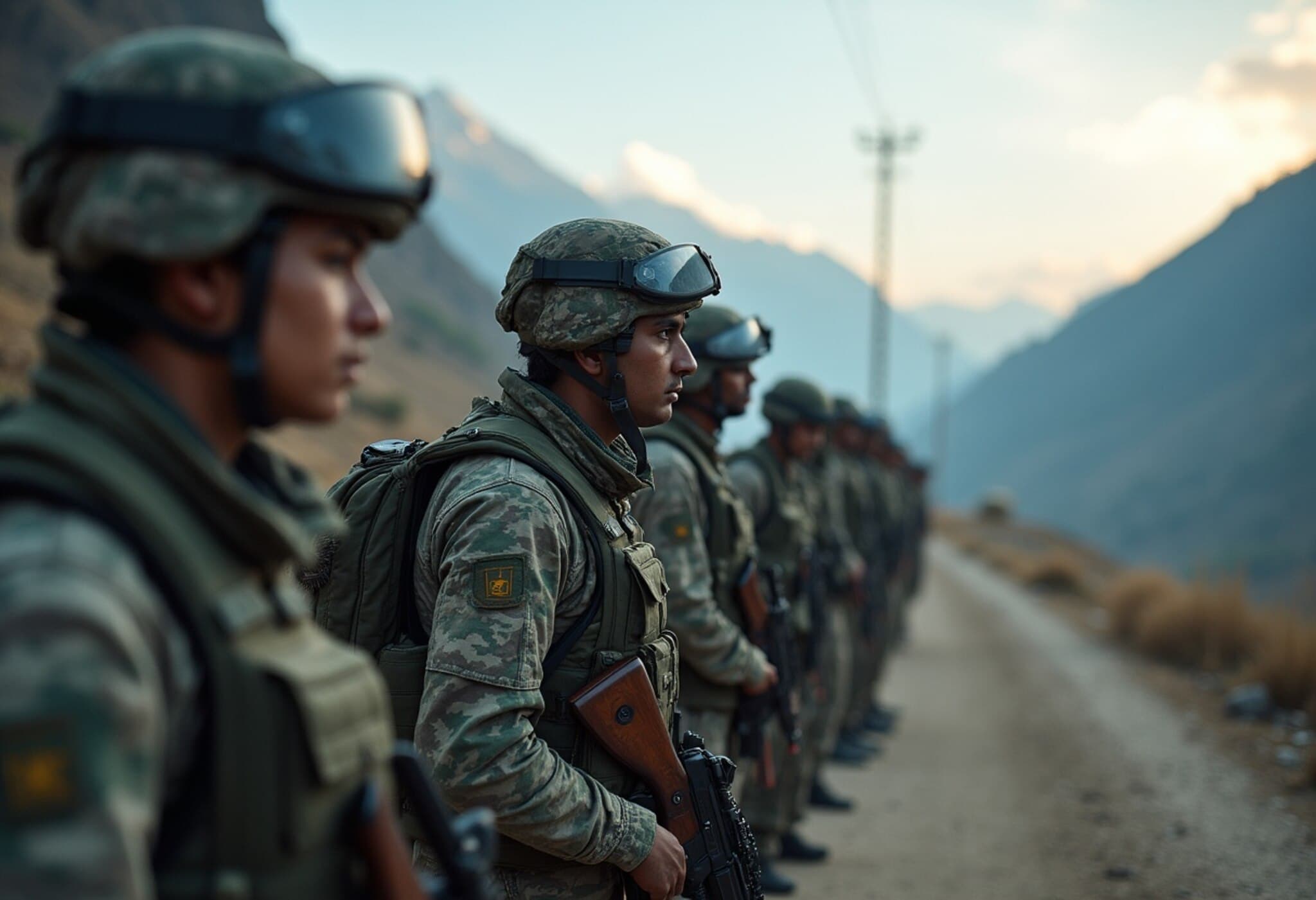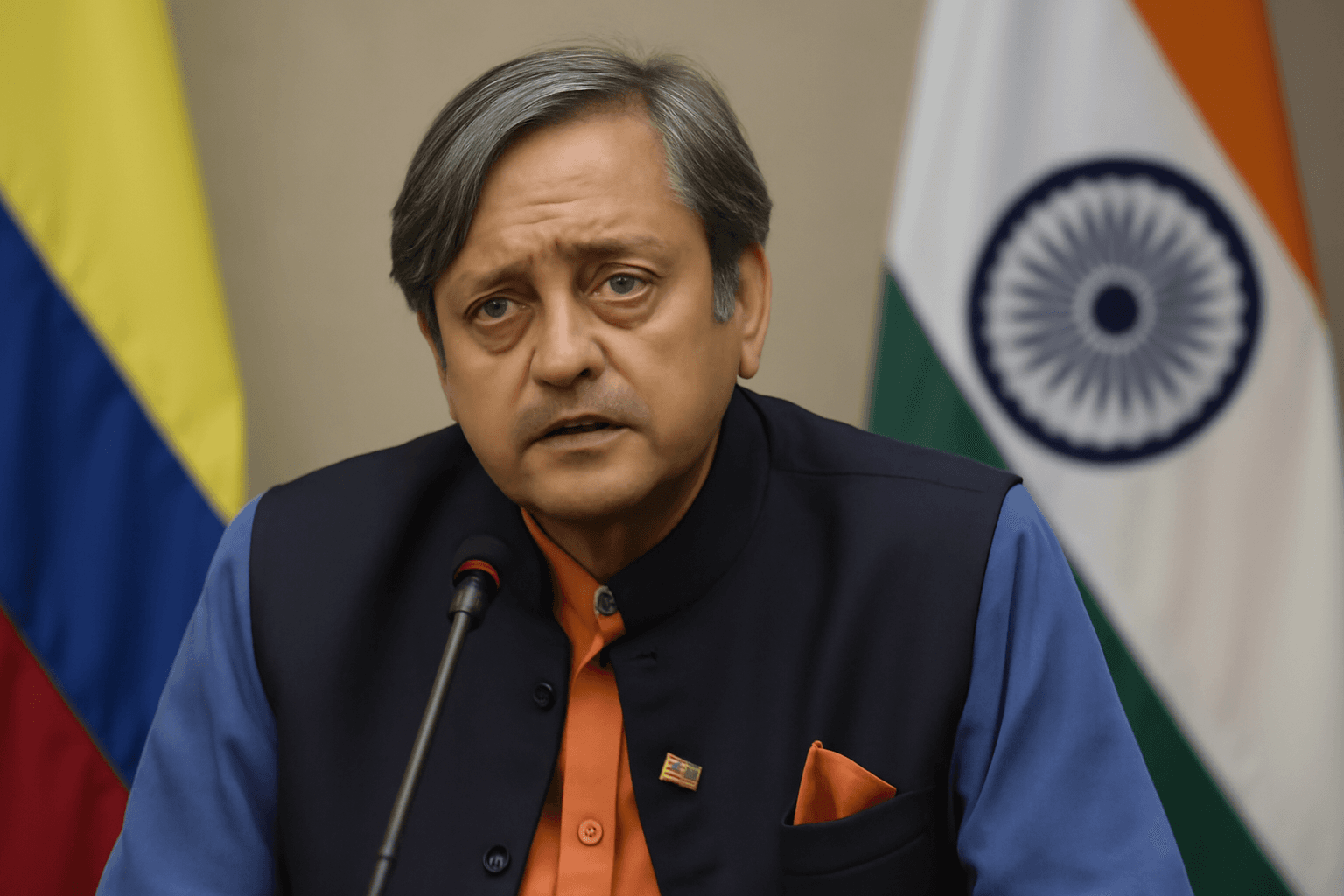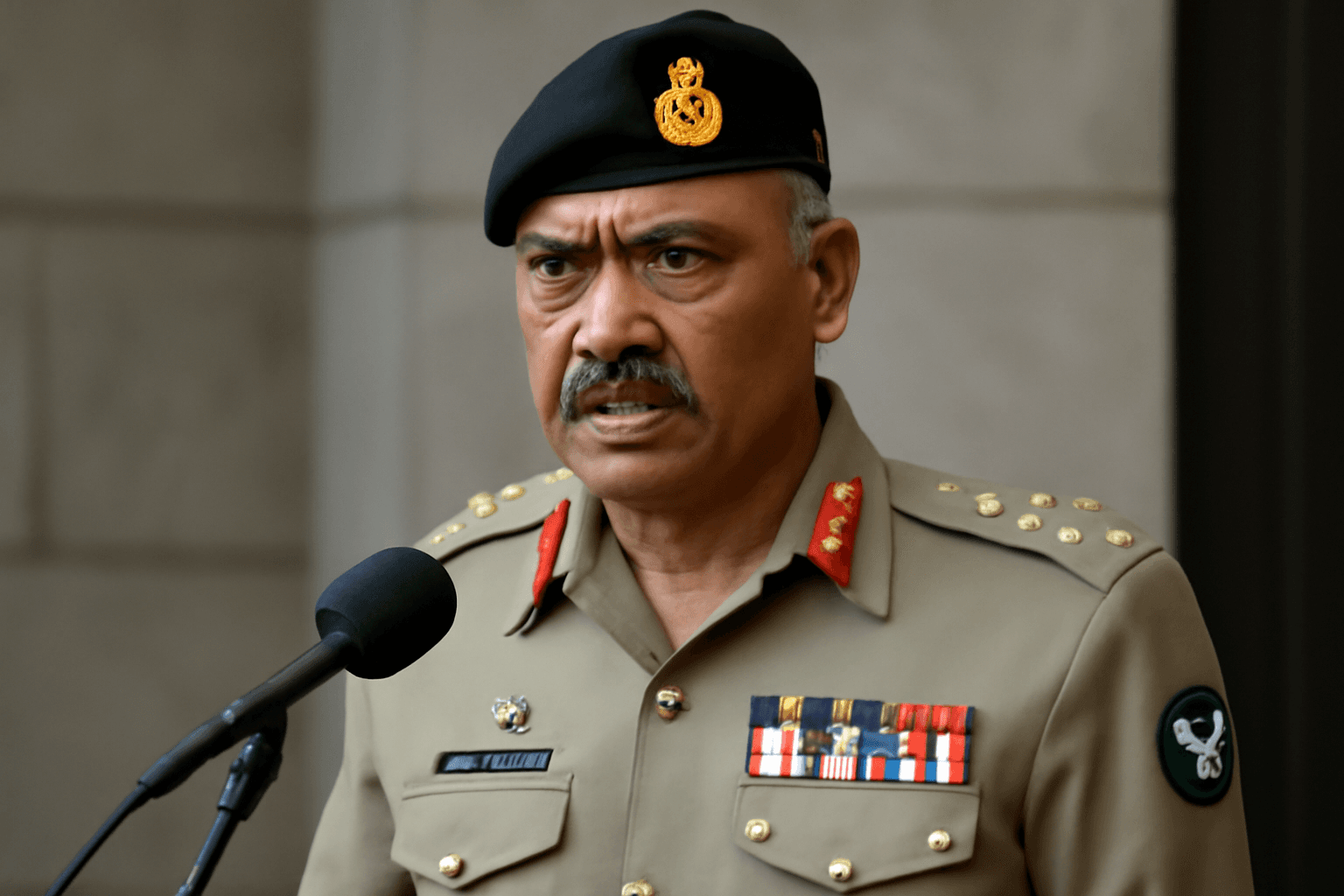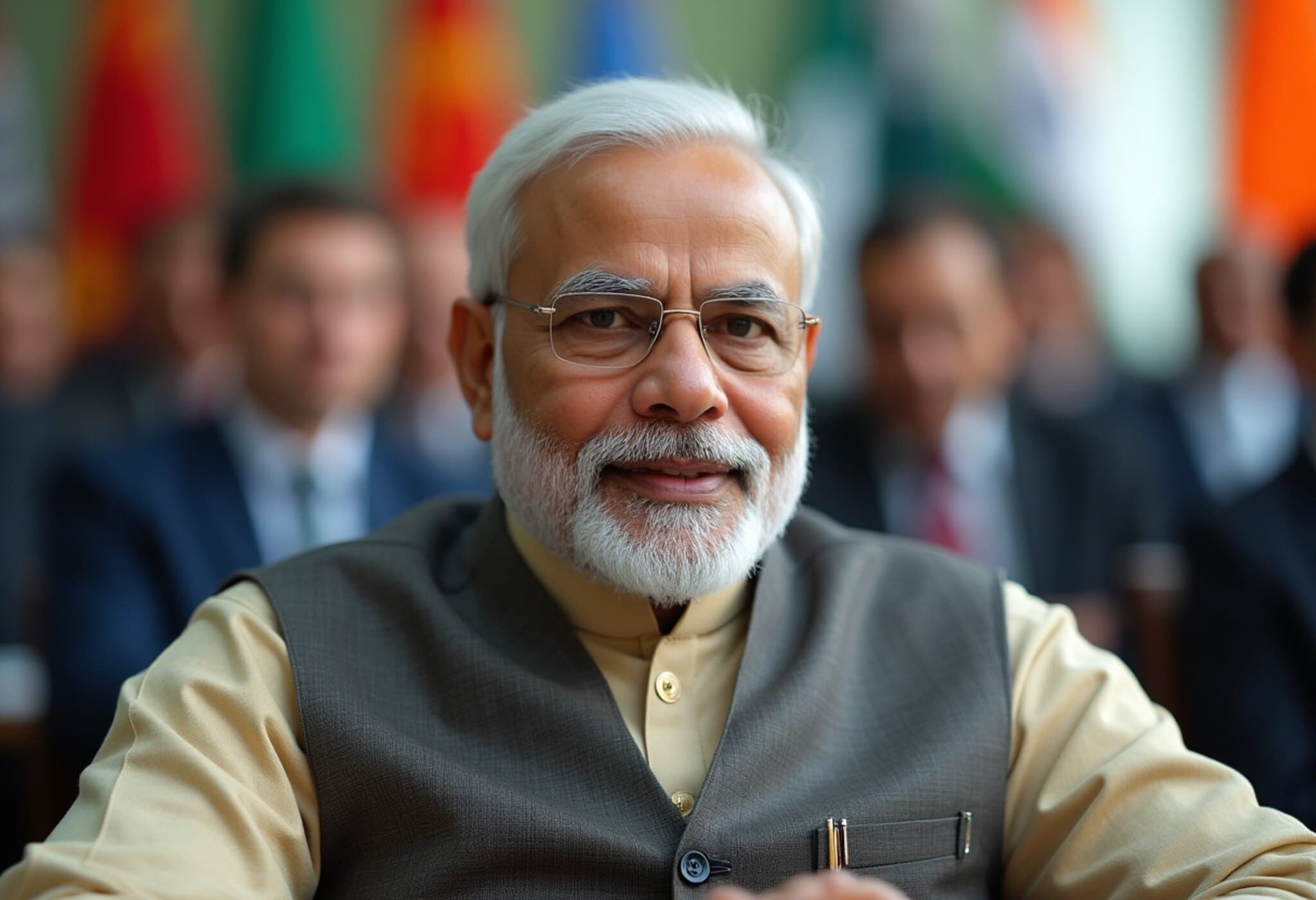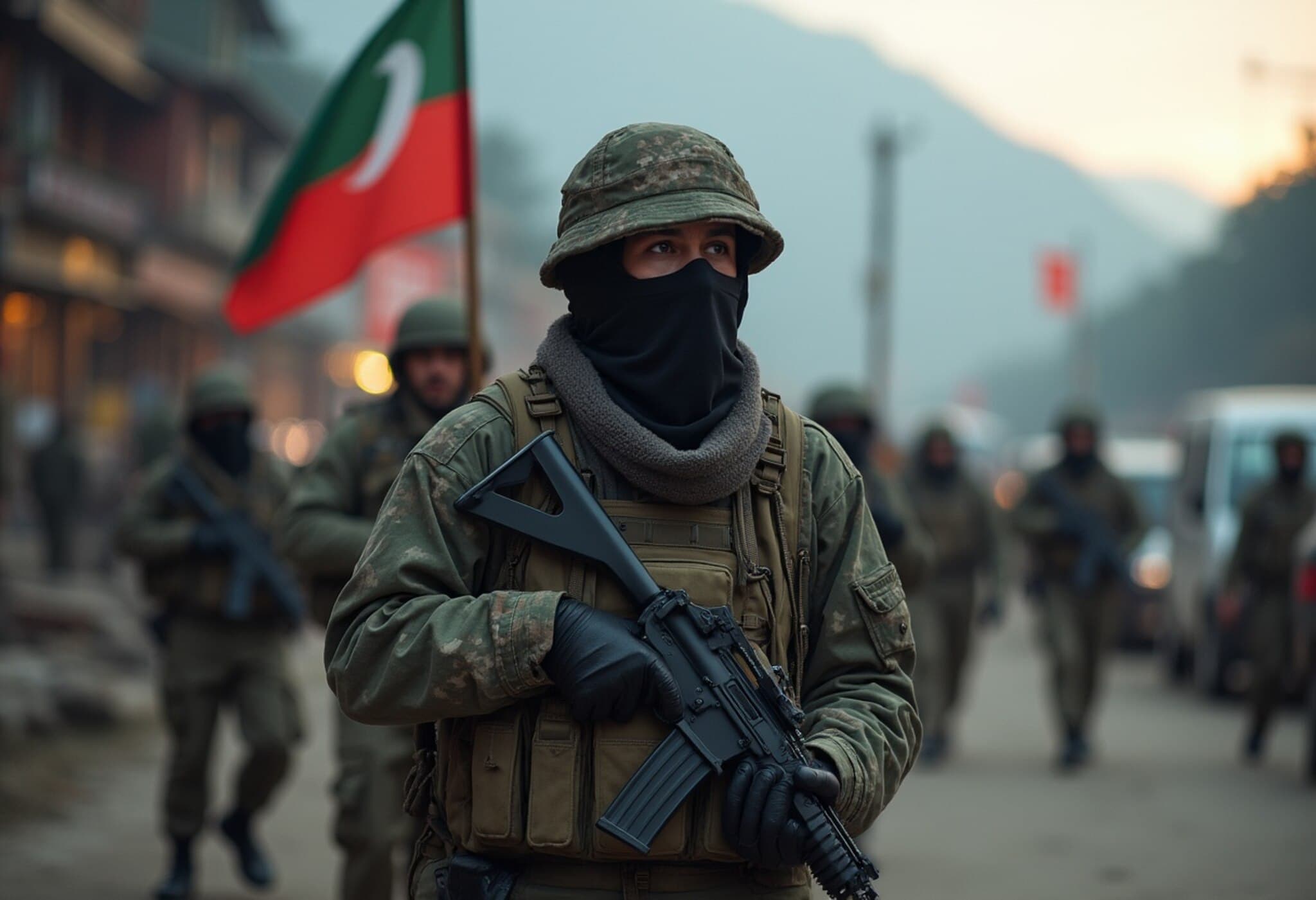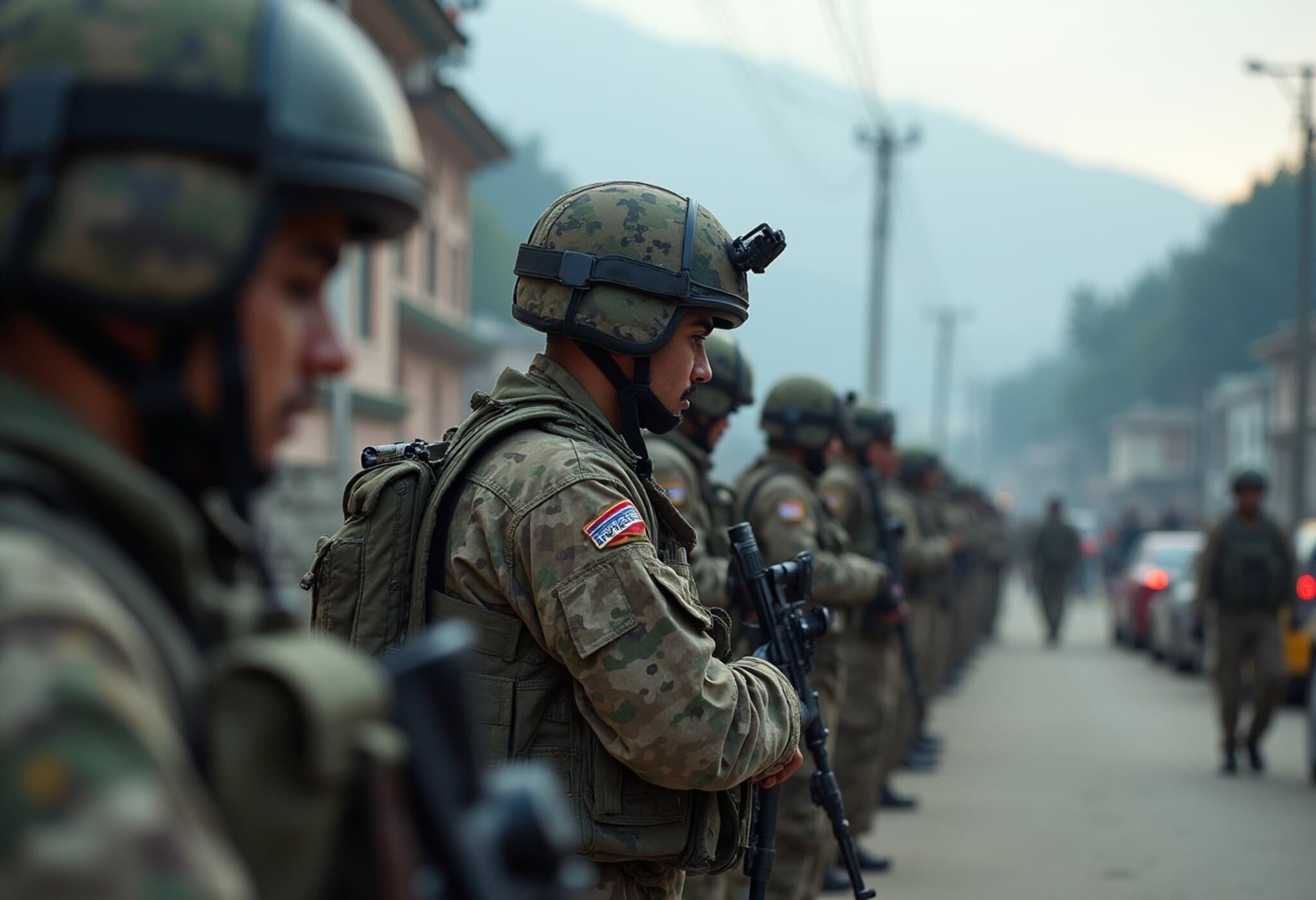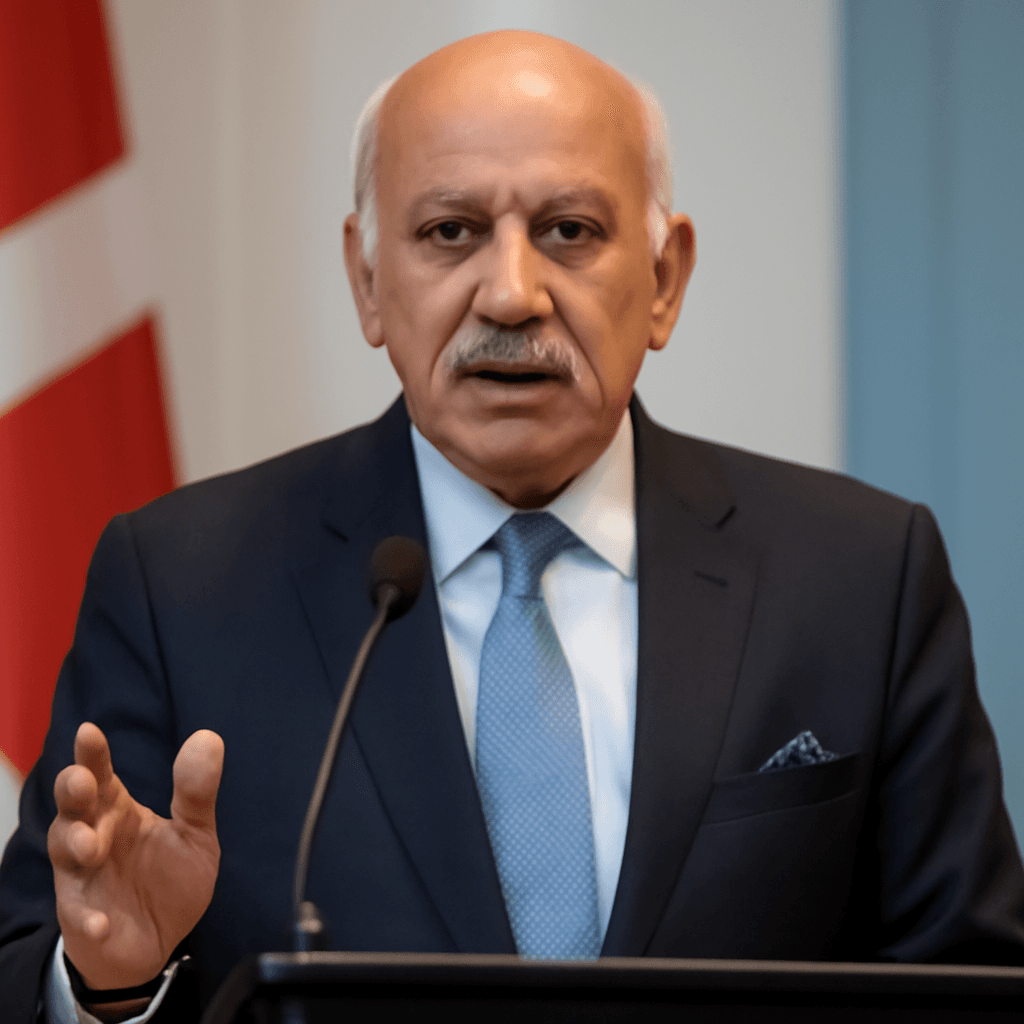Symbolic Funeral in PoK Highlights Pakistan's Involvement in Pahalgam Attack
In a recent development that casts a sharper light on the cross-border militancy affecting Jammu and Kashmir, the symbolic funeral (Janaza-Ghaib) of Tahir Habib—a former Pakistan Army soldier and Lashkar-e-Taiba (LeT) terrorist—was held in his native village of Khai Gala, Pakistan-occupied Kashmir (PoK). Habib was killed during the Indian military's Operation Mahadev, a decisive counter-terrorism operation targeting extremist cadres in the region.
Reported by The Times of India, this funeral ceremony serves as fresh and poignant evidence of Islamabad’s direct role in orchestrating the tragic April 22 Pahalgam terror attack, which claimed the lives of 26 civilians, primarily tourists, striking at a popular destination in Jammu & Kashmir.
The Scene in Khai Gala: Militant Networks and Local Reactions
Visuals circulating on Telegram show elderly residents of Khai Gala performing prayers for Tahir Habib. As a Category ‘A’ terrorist with a deep-seated history of involvement in cross-border militancy, Habib was a key figure in facilitating the deadly assault. His funeral not only underscores the presence of an entrenched terror infrastructure operating out of PoK but also exposes the transnational links that perpetuate violence in the Kashmir Valley.
The event was marked by notable internal tensions; Lashkar commander Rizwan Hanif’s attempt to join the funeral sparked a heated confrontation with Habib’s family, signaling rifts even among militant groups. Reports from local sources suggest armed Lashkar operatives threatened some mourners, highlighting the pressure and fear exerted on local communities.
Interestingly, voices within Khai Gala are beginning to push back. The community, long uneasy about radicalization efforts, is reportedly exploring public boycotts of terror recruitment, signaling nascent cracks in the militant stronghold. This grassroots resistance sheds light on an often-overlooked narrative of dissent within PoK against Pakistan’s terror machinery.
Strategic and Policy Implications
India’s Operation Mahadev and its subsequent offensives, such as Operation Sindoor, which was launched in direct response to the Pahalgam massacre, represent a broader and more assertive approach to counter-terrorism in Jammu & Kashmir. The killing of Habib, alongside two other militants in Srinagar, marks a significant operational success for Indian security forces.
From an American policy standpoint, the Pahalgam attack and Pakistan’s confirmed involvement complicate the South Asian security calculus. The persistent use of terror proxies like LeT and Jaish-e-Mohammed to influence geopolitics not only undermines regional stability but also challenges U.S. and allied efforts to promote peace and counter violent extremism.
- Cross-border terror sponsorship remains a core obstacle to sustainable peace in Kashmir.
- Local pushback in PoK hints at emerging fissures that could be pivotal for future policy interventions.
- The incident underscores the necessity for enhanced intelligence cooperation and nuanced diplomatic engagement involving Pakistan, India, and international stakeholders.
The Human Toll Behind the Headlines
The Pahalgam attack, which targeted unsuspecting tourists, was not just a calculated act of terror but a devastating blow to the region’s fragile tourism industry and communal harmony. The incident’s human cost reverberates through the lives of families ripped apart and communities living under the shadow of persistent violence.
As this story unfolds, it forces us to confront the complex realities where geopolitics, terror, and local grievances intertwine—where policy decisions can mean the difference between peace and prolonged conflict.
Editor's Note
The symbolic funeral of Tahir Habib in PoK starkly shines a spotlight on the enduring challenge of terrorism fueled across borders. While it confirms Islamabad’s continued complicity, it also surfaces a critical underreported narrative: local communities in PoK are beginning to resist the terror apparatus. This development deserves close attention as it may signal a subtle but potentially transformative shift in the region’s internal dynamics. As policymakers and analysts grapple with the aftermath of the Pahalgam attack, nuanced approaches balancing hard security measures with community-engaged strategies could pave the way for meaningful progress.



